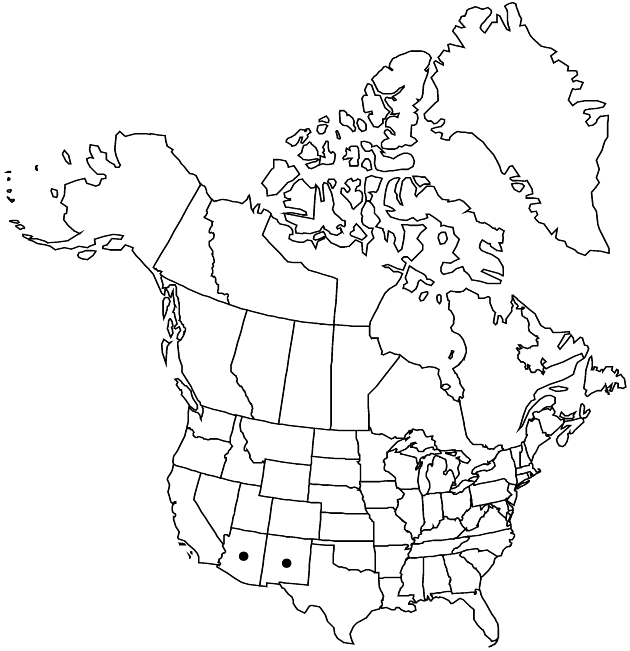Difference between revisions of "Senecio bigelovii var. bigelovii"
Synonyms: Senecio rusbyi Greene
Treatment appears in FNA Volume 20. Treatment on page 549.
FNA>Volume Importer |
FNA>Volume Importer |
||
| Line 46: | Line 46: | ||
|publication year= | |publication year= | ||
|special status= | |special status= | ||
| − | |source xml=https://jpend@bitbucket.org/aafc-mbb/fna-data-curation.git/src/ | + | |source xml=https://jpend@bitbucket.org/aafc-mbb/fna-data-curation.git/src/f50eec43f223ca0e34566be0b046453a0960e173/coarse_grained_fna_xml/V19-20-21/V20_1206.xml |
|tribe=Asteraceae tribe Senecioneae | |tribe=Asteraceae tribe Senecioneae | ||
|genus=Senecio | |genus=Senecio | ||
Revision as of 21:23, 16 December 2019
Herbage glabrous or nearly so. Leaves: blades of proximal often abruptly contracted or at least obtuse at bases; mid and distal leaves clasping. Heads usually 6–12(–20). Phyllaries mostly 13, 6–8+ mm.
Phenology: Flowering mid summer.
Habitat: Meadows, rocky, open sites in conifer-dominated areas
Elevation: 1800–3000 m
Discussion
Plants of var. bigelovii from the north of the range tend to be intermediate with var. hallii.
Selected References
None.
Lower Taxa
None.
